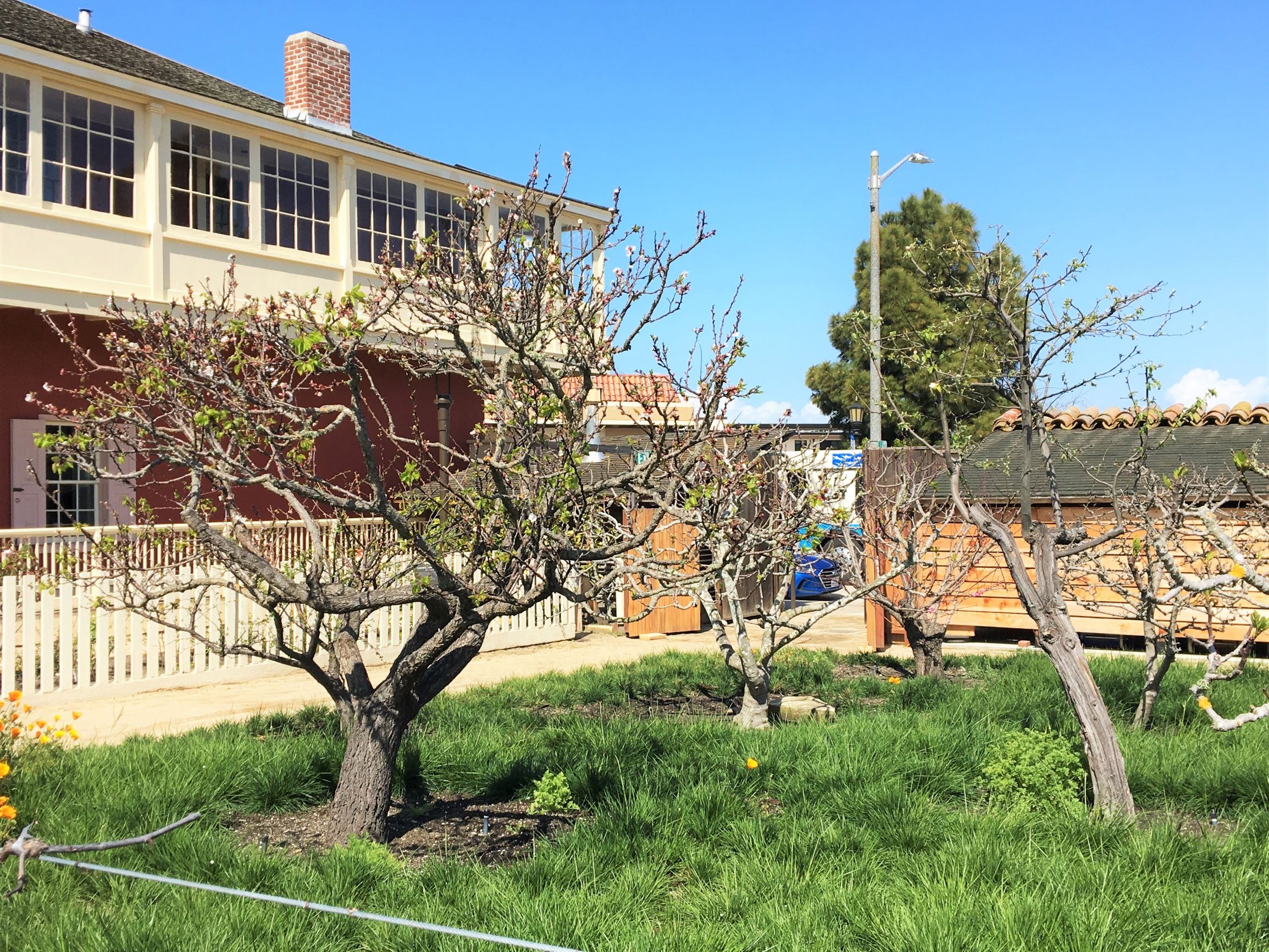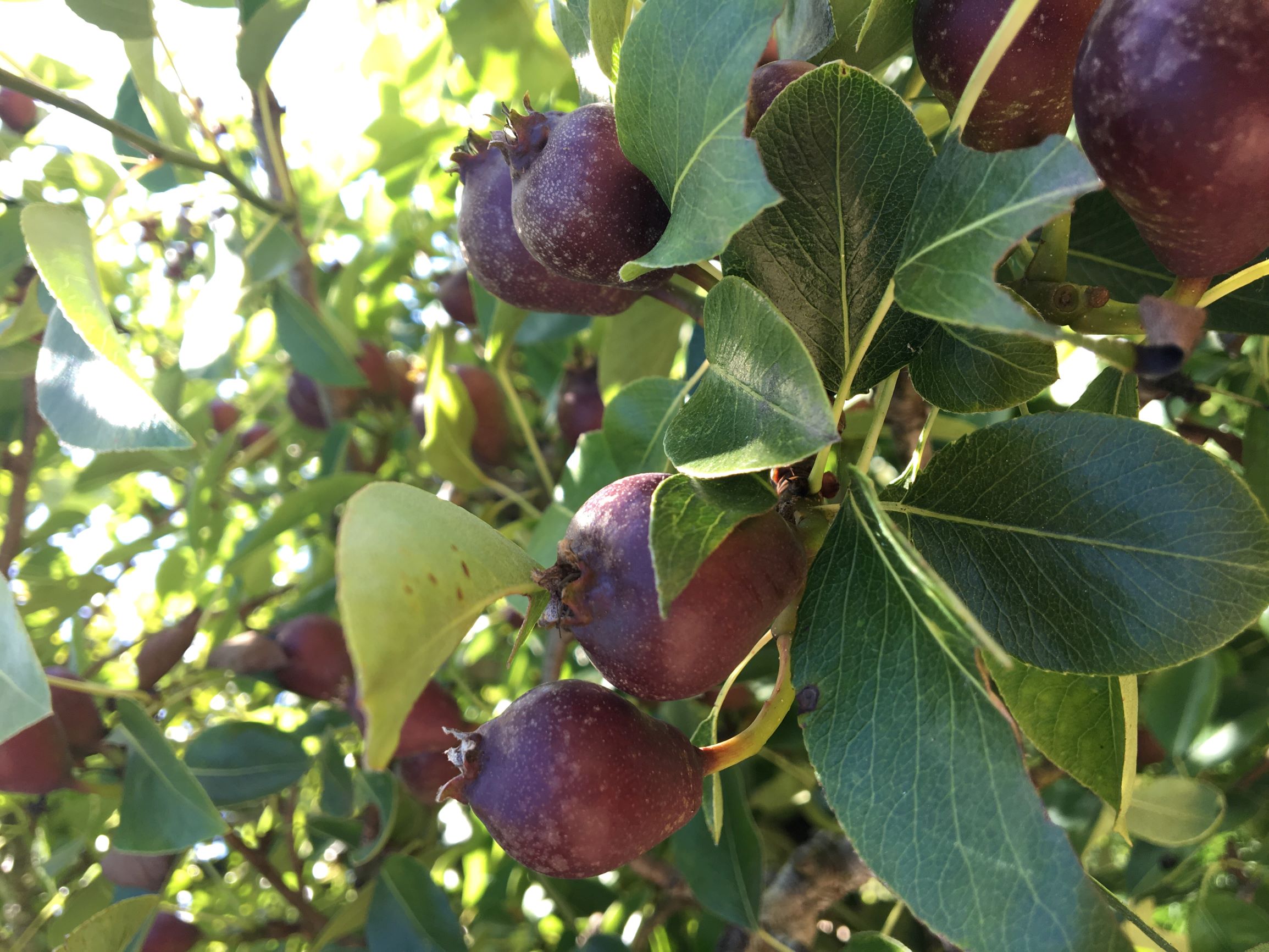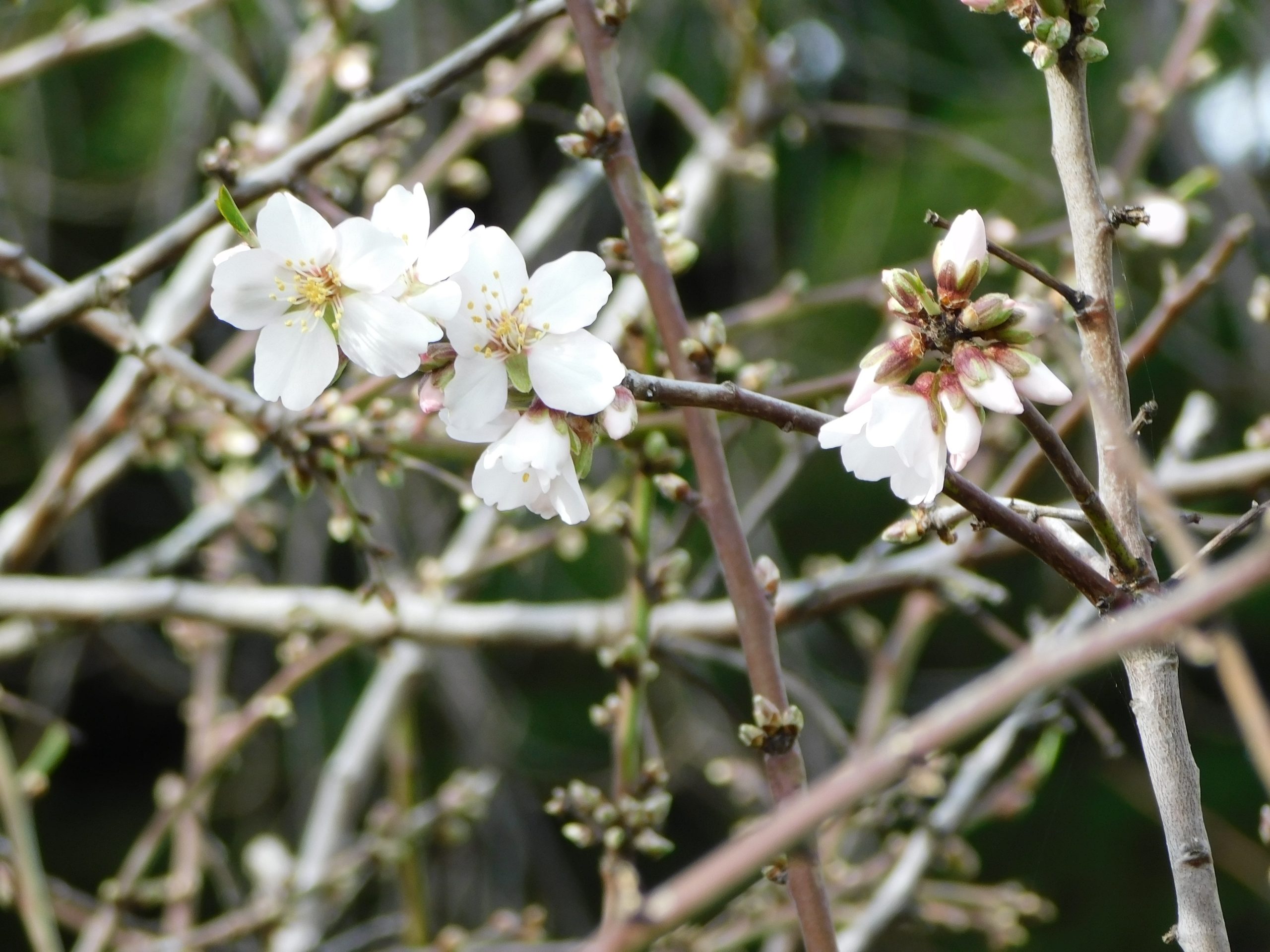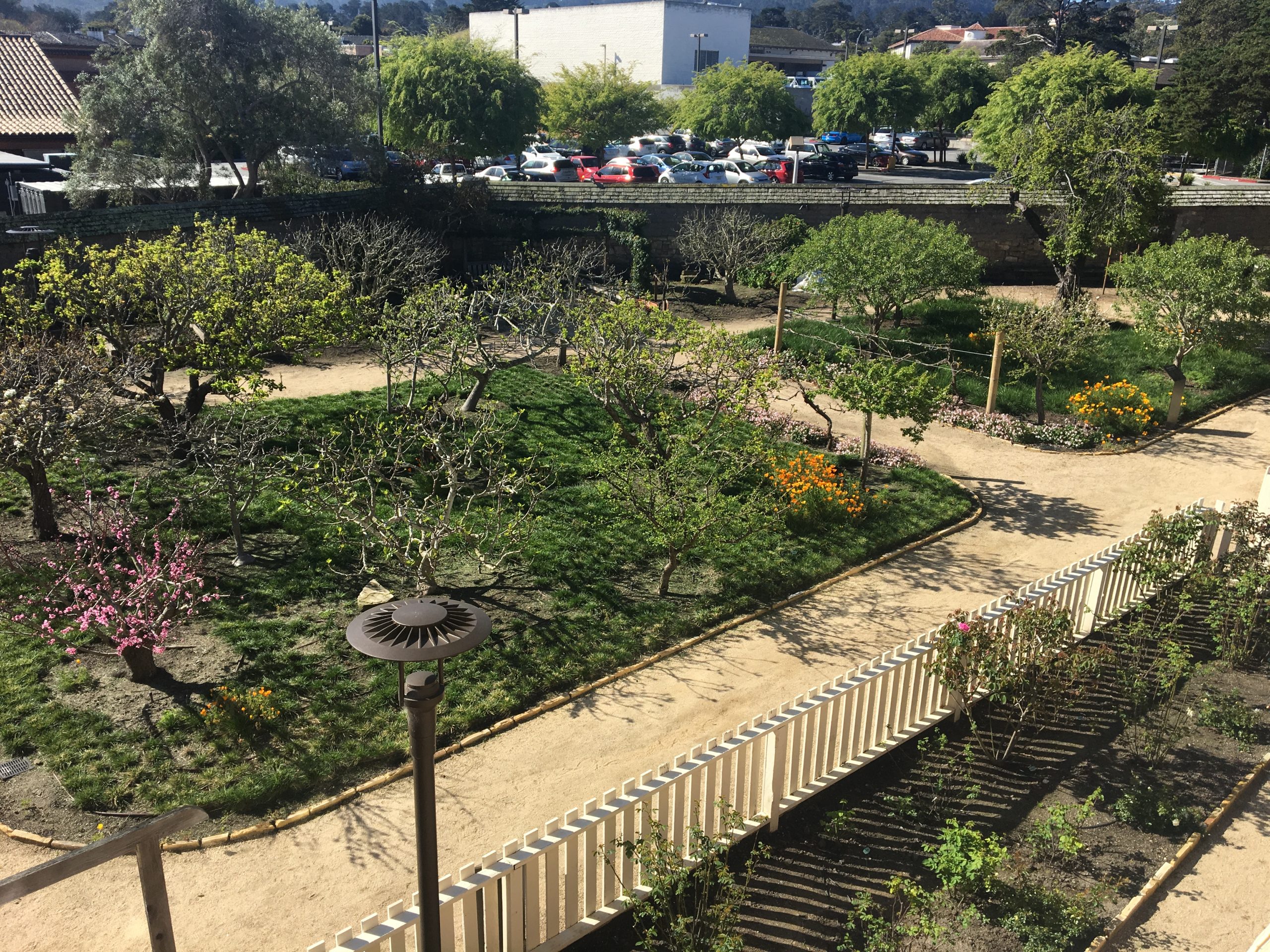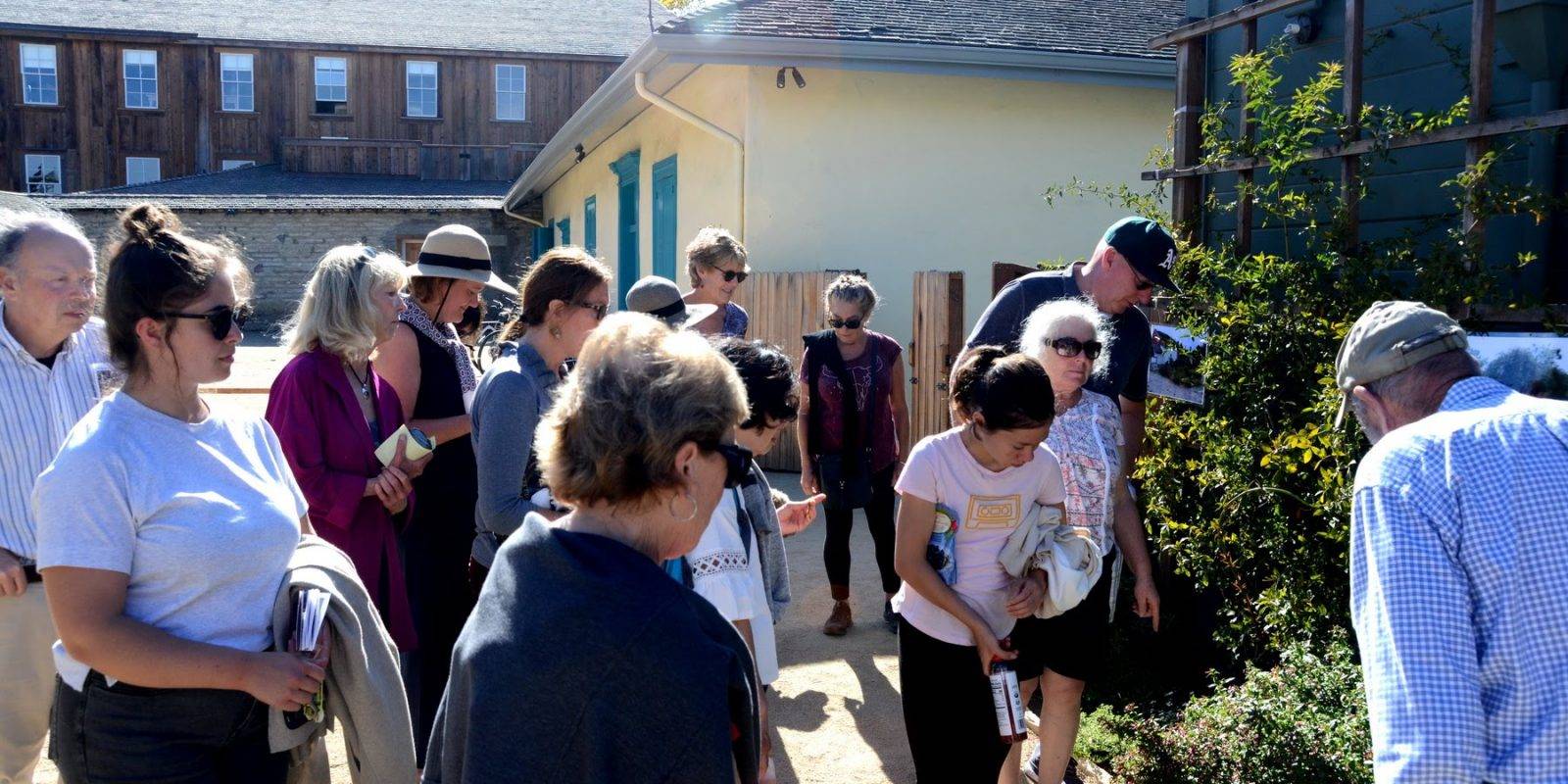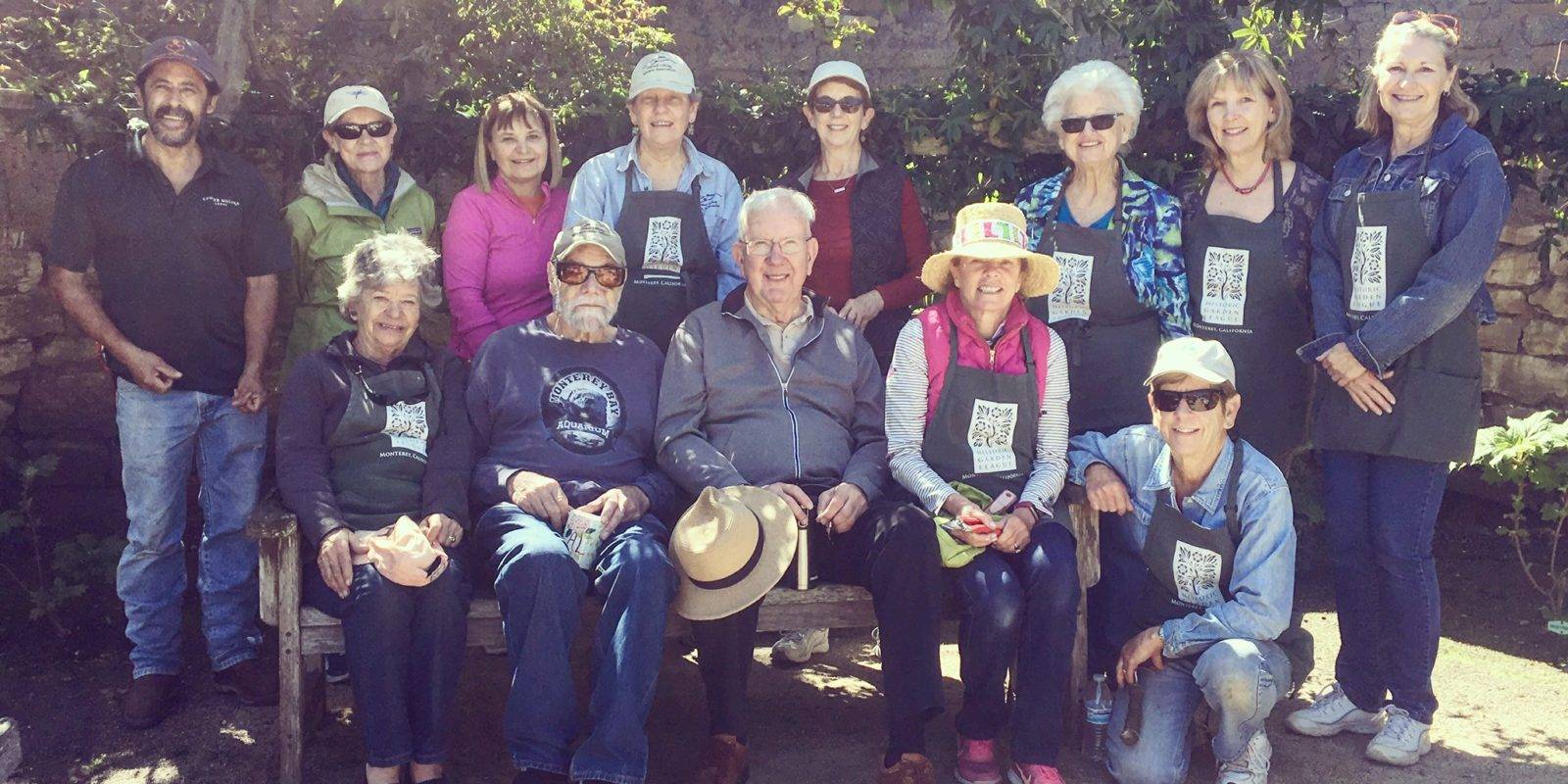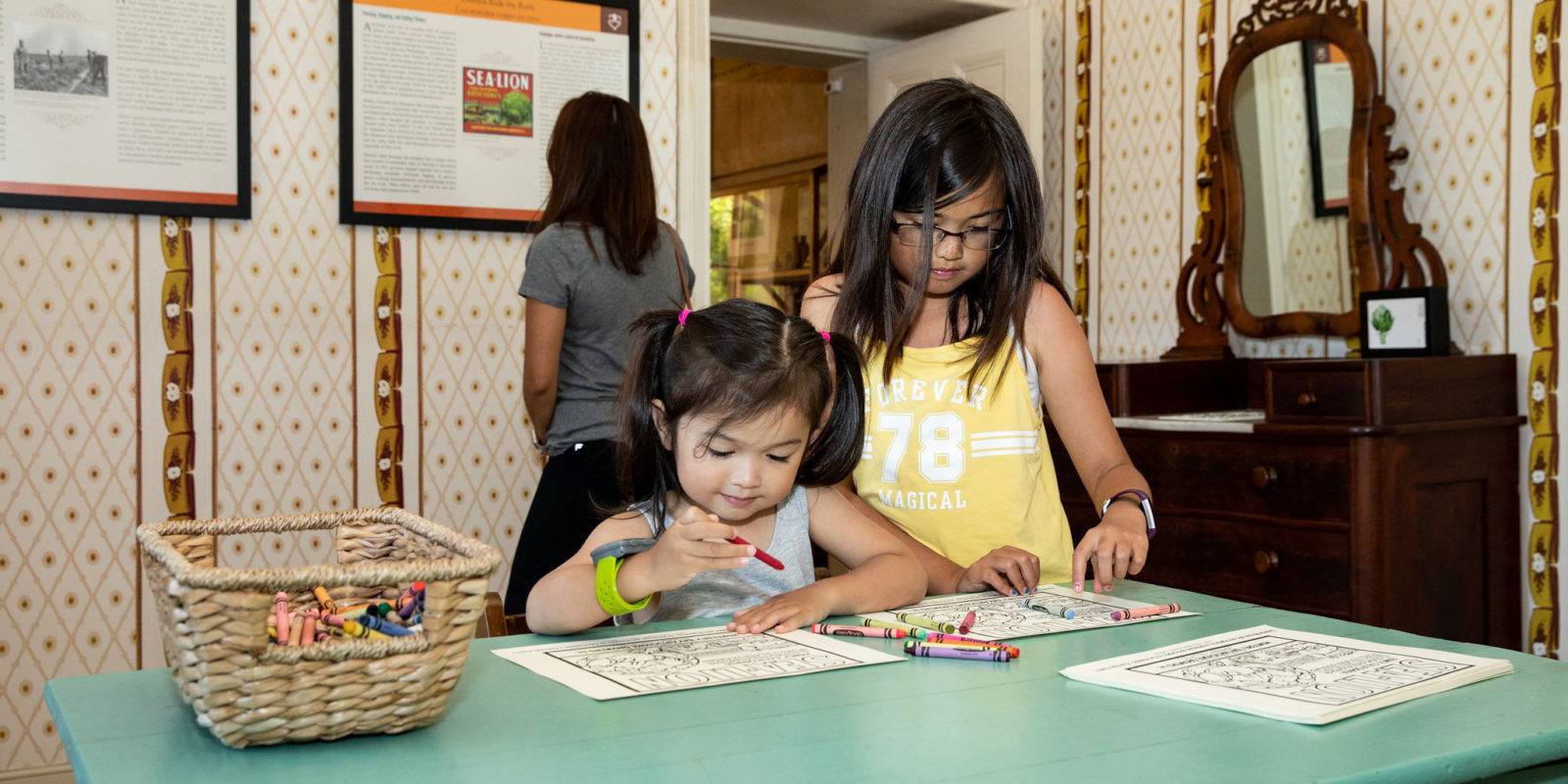The Orchard
Virtually all the common fruit and nut trees that flourish in California today were brought here by the Spanish. The Coopers planted their own orchard within high adobe walls that protected the crop from wandering cattle and wild animals. The orchard you see today was planted in the 1980s by California State Parks and features twelve different types of trees including some Spanish favorites such as walnut, fig and apple.
Podcast
Filoli presents Morning in the Garden Podcast

August 29, 2025 -
In the heart of Monterey, a hidden garden brings new life to a historic site. Join Willa at the Cooper Molera Adobe to uncover its story and delight in the surprising scents of geranium, otherworldly blooms of passion vine, and edible flowers that decorate treats at the onsite bakery.
Featuring:
Karyn Lee-Garcia, Cooper Molera’s Executive Director
Donna Gibson, President of the Historic Garden League
Isabella De Sibert, Stuck in the Mud


